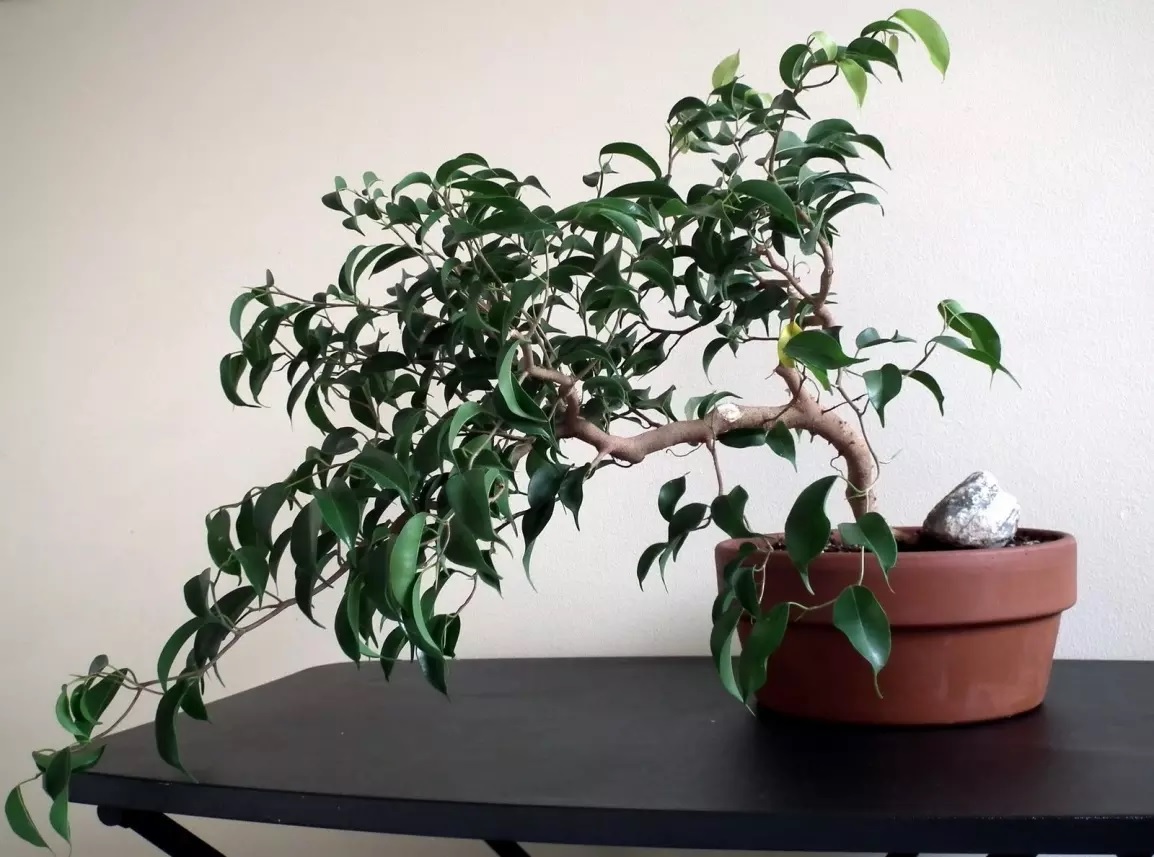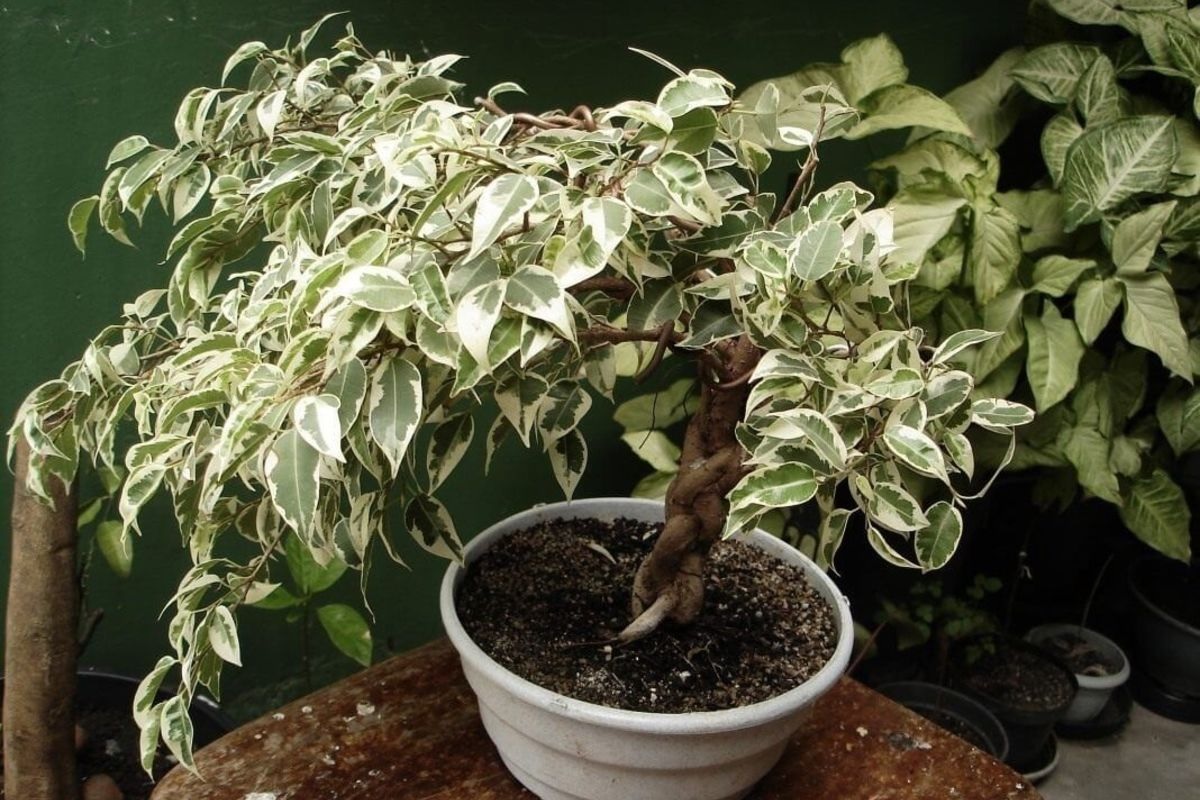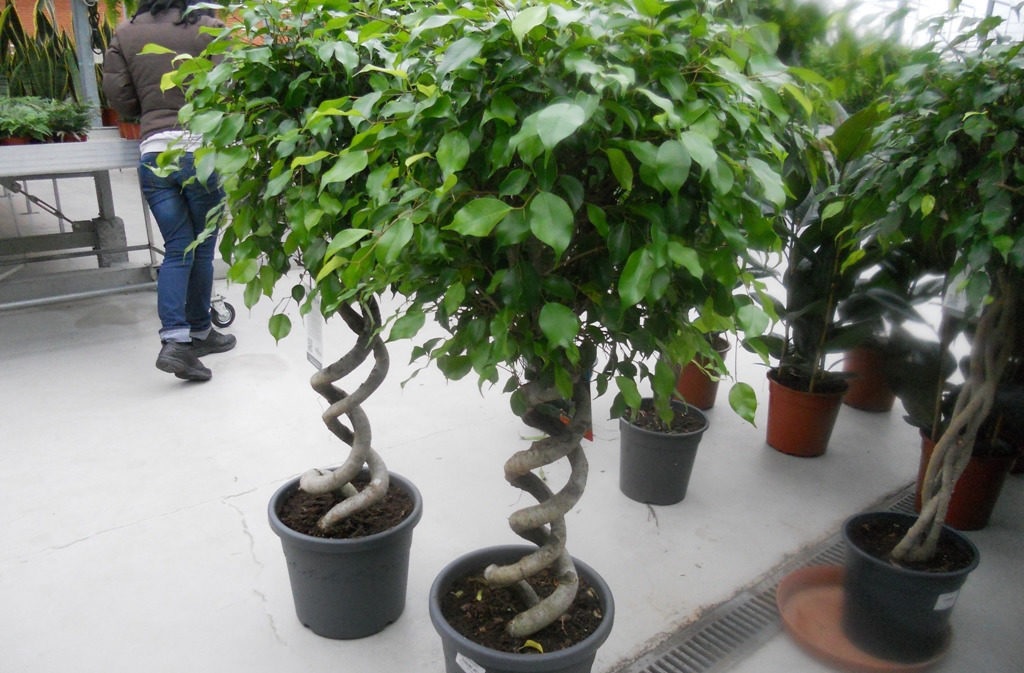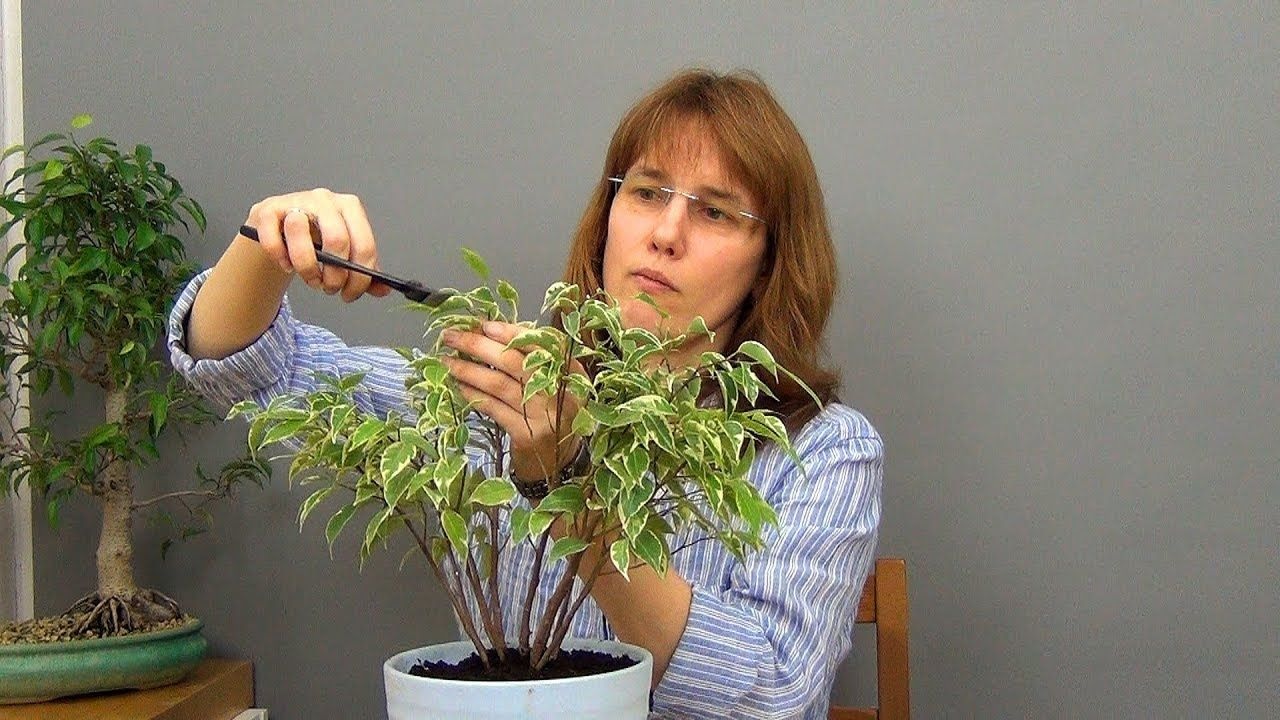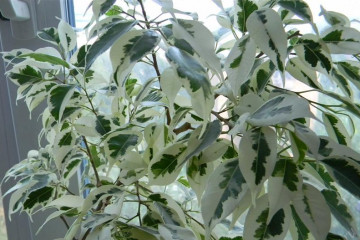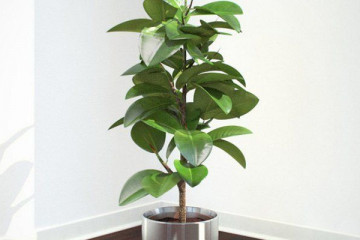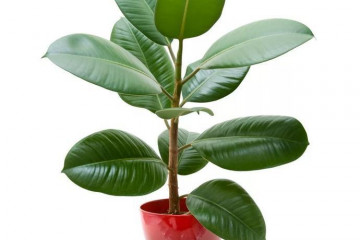Weaving ficus Benjamin at home
Content:
Ficus is a gorgeous flower that takes center stage on the windowsills of many growers. It can be a wonderful decoration for any interior. The flower has a unique feature - it can trail. This is what makes it unique. To create an original decoration for your apartment, you need to know the basic rules for weaving Benjamin's ficus.
What is weaving used for?
The peculiarity of the ficus is that while it is young, the bark on its trunk does not form. Thanks to this, it can take any shape, remain flexible for a long time. Weaving ficus Benjamin is most often used to decorate winter gardens, greenhouses, loggias. The plant is popular with flower growers not only because of its attractive appearance, but also because of its unpretentious care. The flower can be easily grown at home without much effort.
Benjamin ficuses are intertwined not only for the sake of creating an attractive composition. There is another reason - the flower grows very quickly, this helps to give it a neat and compact shape. Weaving will help get rid of the need to build complex structures and supports. Thanks to the procedure, a florist can beautifully decorate a flower so that it becomes an ideal interior decoration.
Types of ficus weaving
Ficus can be weaved in various ways. They depend on how prepared the flower itself is. There are several types of weaving:
- The spiral is one of the most popular ways to decorate a plant. It is very easy to do. It is necessary to make a circular weaving around the support. During the growth period, the flower will bend around the base contour. As soon as the trunk locks in shape completely, you can remove the support.
- Hedge - it is more difficult to create such a structure. First of all, you need to plant seedlings in a row. As they grow, the stems are intertwined. Most often, rhombus, oval or honeycomb shapes are created.
- Pigtail - this kind of weaving can be used as soon as the thickness of the plant reaches 1 cm.The procedure is performed in the same way as folding the strands for a braid.
- Column is a beautiful but difficult way. The difficulty arises in connection with the need to splicate adjacent trunks. Inexperience, beginners can damage the plant, because of this, it will die.
How to prepare a plant
The seedlings need to be prepared in order to give the houseplant the necessary shape in the future. Preparation includes both proper fit and care with the formation of the weave. Only a young seedling can be braided, so the work begins from the very beginning, as soon as the shoots are planted.
Ficus preparation rules:
- The trunk begins to intertwine as soon as the plant grows 10 cm.
- In the future, as it grows, the trunks begin to merge in accordance with the selected technology.
- To create a composition, you need to plant at least three sprouts. But experienced flower growers recommend planting at least five seedlings.
- For planting, take a pot with the largest possible diameter. The size depends on the number of sprouts. A square or round shape is best.
- The composition needs to be created only from shoots with the same trunk thickness. If they are different, the composition will look sloppy.
- It is very important to observe the watering regime. If the plant is not properly cared for, one seedling may be thinner than the other. It is important to use a nutrient soil that contains a sufficient amount of trace elements.
- The sprouts are planted in March. The weaving procedure begins at the end of spring.
- If splicing of trunks is used, you need to cut off some of the wood and press the seedlings together.
If at least one of the nuances of the preparation is missed, it will be impossible to intertwine the trunks.
How to weave a ficus
Weaving ficus Benjamin at home is carried out according to certain rules. They are used regardless of which weaving method was chosen. The procedure is carried out as follows:
- In order for the seedlings to grow correctly, the seeds are planted at a distance of at least 3 cm from each other.
- Before weaving, the flower is watered, this will help make the trunk softer.
- Lateral shoots are cut as they grow.
- The crown is formed at the very top.
- In the process of development, plants monitor the strength of its weaving. In order for all the elements to be positioned correctly, it is recommended that you first make a frame.
- Soft stems are laid according to the established scheme. They can be fixed with threads, carefully braiding the plant. The threads should be applied at a 45 degree angle.
It is important not to miss the moment of forming the composition, since the ficus grows very quickly.
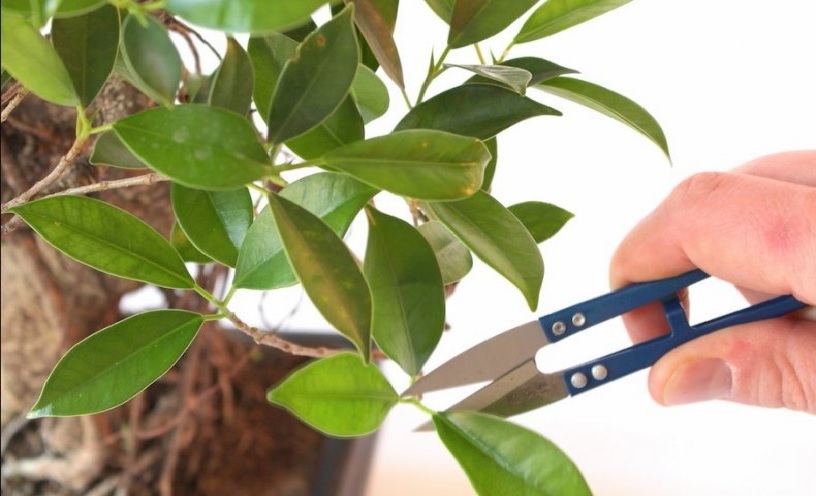
Lateral shoots on the flower are cut off so that they do not interfere with the formation of the composition
Plant stem processing
In order for the stems to intertwine into the correct crown, you need to cut off excess shoots and shoots. If this moment is missed, the leaves will weigh down the crown and tilt the plant down.
After the procedure, the cut sites must be treated with activated carbon powder or any antiseptic. But at the same time, too much means cannot be used. If everything is done correctly, then the flower will actively and correctly develop.
Further care of the flower
It is important not only to properly plant the plant and give the trunk a shape, you need to provide proper care. The flower needs spraying and abundant watering. Leaves are wiped with a damp cloth once a week. It is important to constantly inspect the intertwined trunks so that there are no damages, constrictions with threads, or kinks in the trunk.
The weave of ficus is a great feature of the plant, which is used by flower growers to create magnificent compositions. Correct pruning, adherence to the principles of weaving and plant care will help create unique flower shapes for interior decoration.
